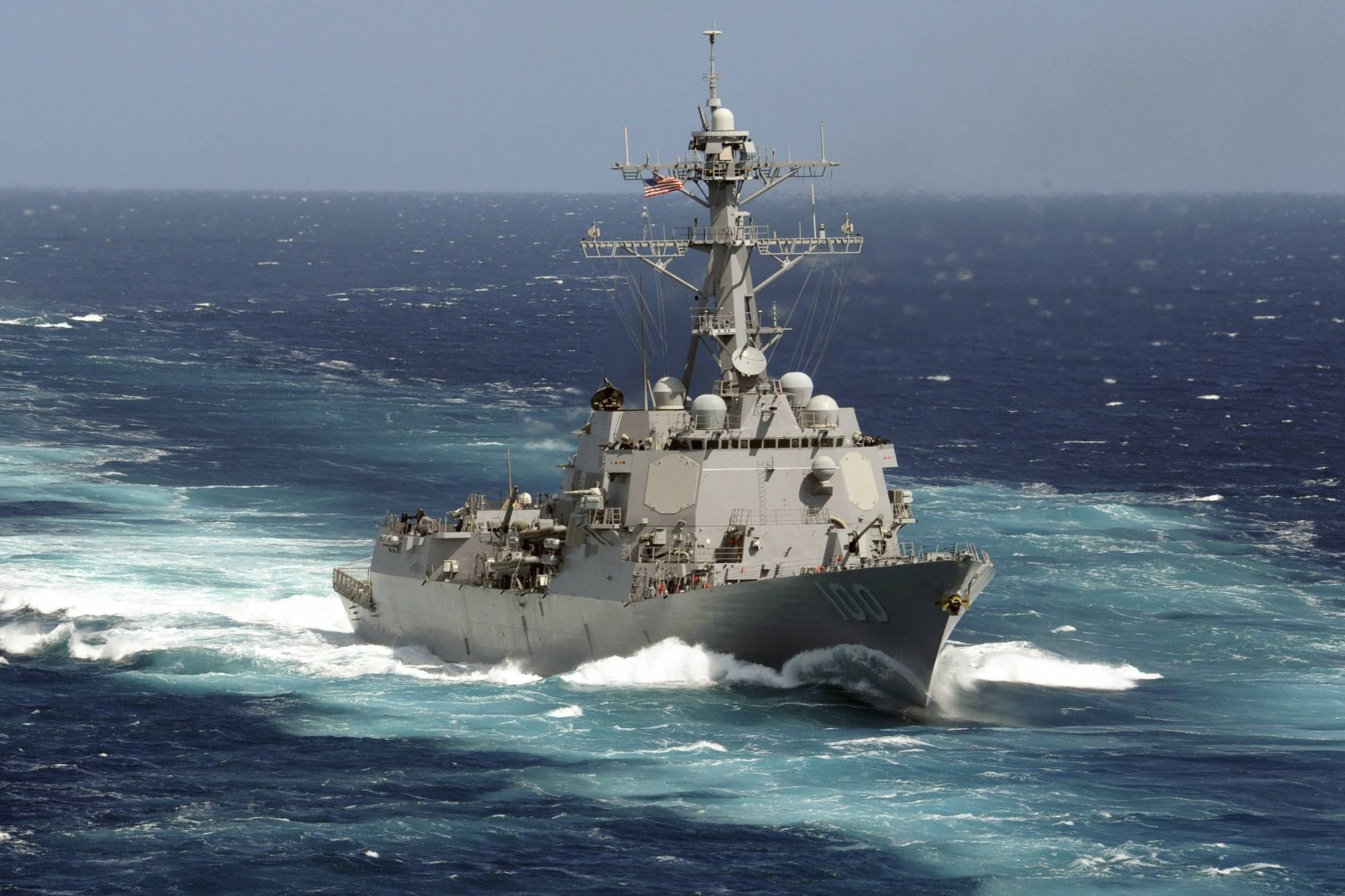Navy Reserve adds, deletes hundreds of jobs to boost its relevance to future fights
The Navy Reserve is about 80% finished with a process that aims to reallocate its missions and job functions to make it more relevant to great power competition...
Big changes are underway in the Navy Reserve as officials take a top-to-bottom look at thousands of units to decide which missions and which jobs make the most sense for the force’s future. So far, it’s led to the elimination of hundreds of positions, but the addition of hundreds of others.
Navy Reserve leaders are about 80% finished with a process that’s examining 6,000 separate military billets, asking whether those positions are the best use of the reserve component’s budget and manpower, and with a focus on the extent to which they contribute to DoD’s broader shift to great power competition.
In a lot of cases, the answers to those questions have turned out to be no. The review, which is examining nearly 1,500 separate Navy Reserve units across the country, has identified 850 positions to eliminate and 780 others to add.
“Every reservist out there is doing phenomenal, important work. But what we also found is some of that work could be more relevant to the strategic environment,” Rear Adm. Shawn Duane, the Reserve’s top official for operations, plans and strategy told a town hall meeting last week. “There are some divestments we discovered, some units that were just not warfighting-centric, and not key to the strategy. And we’ve made a lot of progress on investing in key capabilities that actually add tremendous value to strategic readiness.”
Some of the new “high value” focus areas include billets in the Navy’s maritime operations centers; 478 billets will be added in that area alone, along with nearly $70 million in new funding.
Other additions include positions in P-8 patrol aircraft squadrons, destroyer squadron maintenance, rescue swimmers and jobs with space specialties.
Vice Adm. John Mustin, the chief of the Navy Reserve, said the reallocations are focused on putting reserve manpower in the areas where it makes the most sense.
“If anybody thinks that the Navy Reserve is just a small U.S. Navy, you don’t understand our force design,” he said. “We’re trying to determine where we can be the most consequential contributors to the Navy. In some cases, there are things only reservists do, like flying C-130s. There is no active duty counterpart to that. There are also some things that are active-only: I can’t take someone for a weekend a month and two weeks a year and make them into a tactical action officer on an Arleigh Burke destroyer. So we’ve looked very hard to determine where is it that we can do the best work in a resource-informed way.”
And if the Navy is refocusing its reserve units’ manpower in areas that make the most sense for the Reserve, it’s more important for the Reserve to keep those units more-or-less intact and maintain their readiness.
One part of that effort is to reduce the number of occasions in which reservists are temporarily separated from their units to serve as individual augmentees (IAs) in other parts of the Navy or in other services.
That ongoing initiative is called “IA to zero.” Mustin said the Reserve is still a long way away from zero, but those types of one-by-one mobilizations are expected to drop to about 1,200 this year, less than half of what the Reserve has typically seen in recent years. And none of those IA orders will be involuntary.
“That doesn’t mean our sailors aren’t mobilizing. But what I’ve offered to our combatant commanders and to our [Navy leadership] is that it’s not a binary choice between whether sailors are in the selective reserve (SELRES) or mobilized,” he said. “We have many other tools in our toolkit to get sailors where they need to be to perform important missions. We’ve got opportunities to do additional days of support, absent entitlement or mobilization. What if we need folks for 30 days? What if we need them for 60 days, 90 days, 180 days? So avoid the temptation to say I’m either SELRES or I’m mobilized. We’ve got every day in the continuum with lots of other funding sources and authorities that allow us to get you where you need to be.”
Mustin said the Reserve is exploring several other changes as it pivots to an emphasis on delivering forces that provide the best value to the fleet.
For instance, in some cases, sailors could be assigned to the same billet for as long as five years, rather than the typical two-to-three. And the Reserve’s best performers are going to be more likely to be promoted ahead of their peers.
As to extended tour lengths, he said the added emphasis on reservists’ contributions to maritime operations centers, for example, demands more training. So it makes sense to leave sailors assigned to those positions for longer periods.
“We’re training you to do a job, one that we’re going to need you to do in competition and conflict. We are wringing every iota of efficiency out of every minute and every training dollar that you receive, and some of our operational forces demand longer tours to realize a meaningful return on that investment,” he said. “We’ve already implemented below-zone promotions this year. Superior performance is going to be recognized and rewarded. I don’t believe that people have to steep, or put additional time in. I want the best actor on stage. If you’re a superstar, regardless of if you’re junior, we’re going to select you [for promotion].”
Meanwhile, the Navy Reserve expects to lose a not-insignificant part of its force in the coming months because of the COVID-19 vaccine mandate. Mustin said the Reserve is now about 95% vaccinated, but there are still a lot of steadfast vaccine refusers. The Navy projects about 2,000 reservists will be retired or involuntarily separated for that reason.
“This is going to exacerbate what is a slight shortfall in our existing headcount,” he said. It may challenge us, but none of our existing ratings, designators or units are going [to be] subjected to excessive operational risk based on this number.”
Copyright © 2024 Federal News Network. All rights reserved. This website is not intended for users located within the European Economic Area.
Jared Serbu is deputy editor of Federal News Network and reports on the Defense Department’s contracting, legislative, workforce and IT issues.
Follow @jserbuWFED






